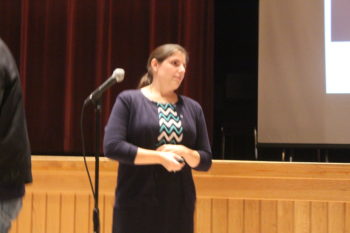Photo: Redtop, the historic house located at 90 Somerset St. It was once the home of William Dean Howells and family.
After two years of compiling and sorting data and information, the summary findings of the Belmont Historic Resources Survey will be presented in the Board of Selectmen’s Meeting Room, at 7 p.m. this Thursday, Dec. 8.
The town-wide survey of historic properties, conducted by Preservation Consultant Lisa Mausolf, was funded by a grant of $115,000 from the Community Preservation Committee in 2013.
“The Historic District Commission is excited that the historic survey project is nearing completion,” said Lauren Meier, co-chair of the Belmont Historic District Commission.
“It fills in a number of gaps in the documentation about Belmont’s historic resources and will be a valuable tool for the Commission going forward. We are grateful to the Community Preservation Committee and Town Meeting for making this possible,” said Meier.
The survey is an update of the 1984 book Belmont: The Architecture and Development of the Town of Homes, a comprehensive architectural and historic survey of Belmont created by the Boston University Preservation Studies Program.
In 2013, the Belmont Historic District Commission embarked on revisiting the data, hiring Mausolf to update forms with new information and prepare new forms for resources that had been overlooked in the previous effort.
The information collected can inform state and federal agencies when federally or state funded projects are planned that might adversely affect a significant cultural resource.
On the local level, the new inventory can help communities identify significant resources and prioritize future preservation activities including listing properties on the National Register of Historic Places and establishing local historic districts or neighborhood conservation districts.
The inventory also serves as a basis for the Belmont Historic District Commission to determine which of the town’s significant historic buildings should be subject to the Demolition Delay Bylaw.

